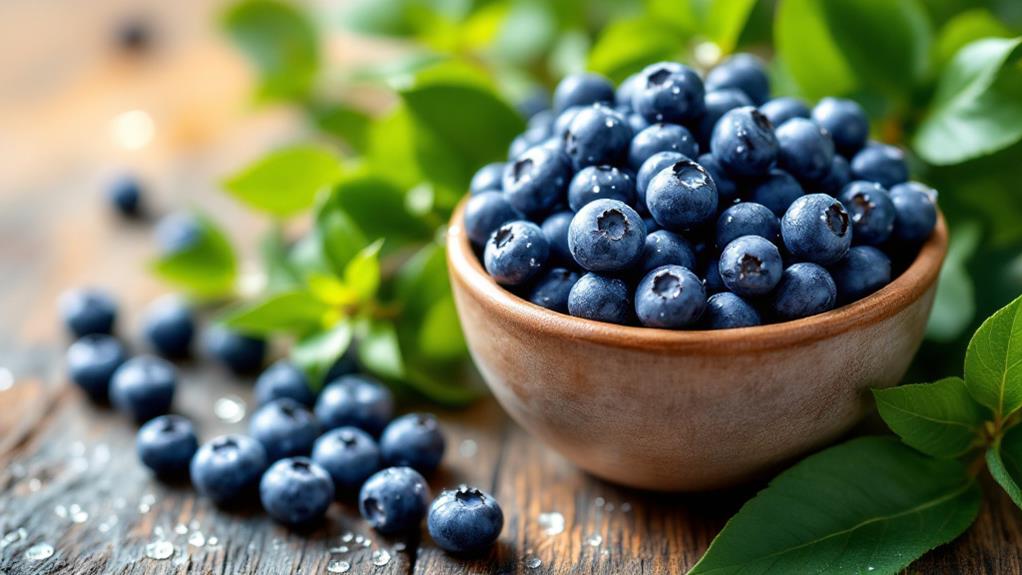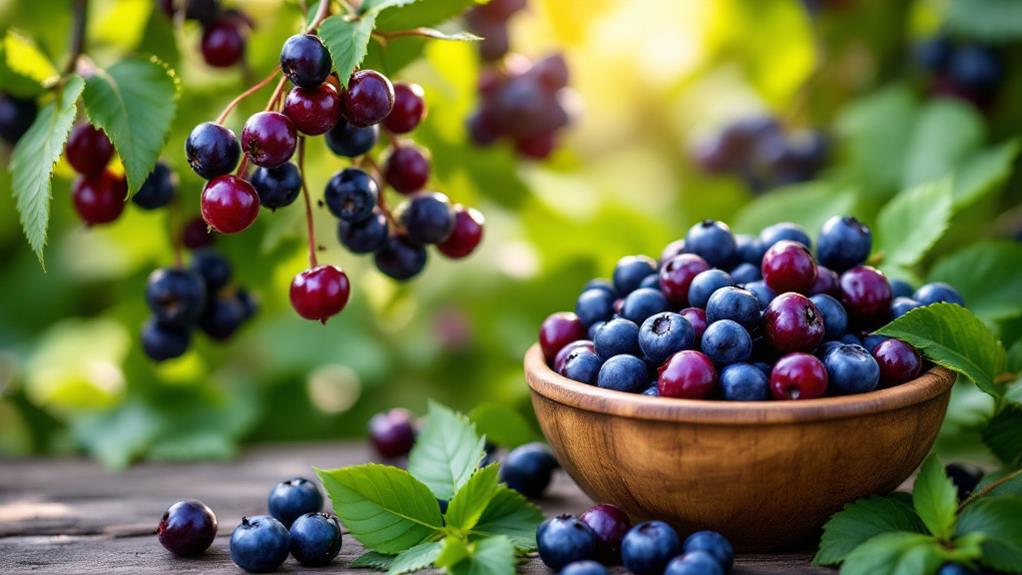Everything About Pichuberry: The Nutritional Benefits and How to Use Them
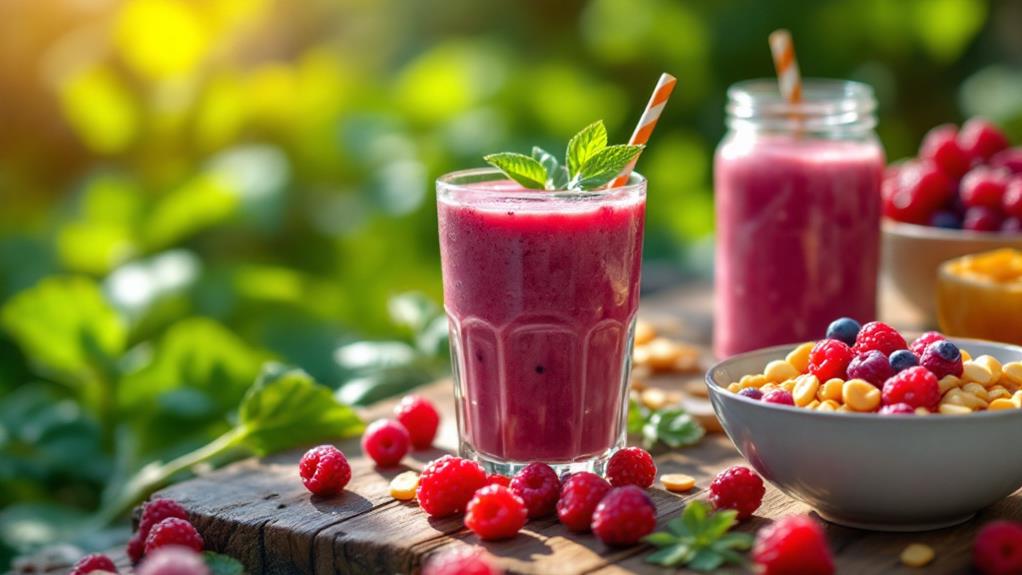
Uncover Pichuberries, also known as Inca berries, originating from Peru's Andes. With 39% of your daily vitamin D in just 3/4 cup, they improve immune and bone health. Packed with vitamin C, they amplify skin health and metabolism. These golden berries have a low glycemic index, perfect for managing blood sugar. They're rich in antioxidants, like withanolides, which fight oxidative stress. Use them in salads, smoothies, or desserts for a sweet-tart twist, and elevate dishes like gazpacho. You might find them at health stores or some Whole Foods. Curious about their full range of benefits and culinary uses?
Origins and History
Amidst the towering Andes Mountains of Peru, Pichuberries, also known as aguaymanto or Inca berries, have a rich history that dates back to the Incan civilization. You'll find their origins deeply rooted in the traditions of the Incas, who cultivated these golden fruits for centuries. Often referred to as the "Lost Incan Crop," Pichuberries held significant value in Incan agriculture and diet. Their historical presence in South America speaks volumes about their importance and the reverence they received in ancient times.
As you investigate their path, you'll learn that Pichuberries were introduced to England by settlers, eventually making their way to South Africa, where they're known as Cape gooseberries. Their unique flavor and nutritional benefits caught the attention of numerous cultures across continents, including South America, Asia, Africa, and Europe. Today, while they are cultivated in select regions of the U.S., such as California and Arizona, their roots remain firmly planted in South American soil. When you probe into their history, you're not just examining a fruit but a lively piece of cultural heritage that has crossed oceans and bridged diverse communities over centuries.
Nutritional Benefits
From their storied past as a revered Incan crop, Pichuberries have more than just history on their side; they pack a powerful nutritional punch. Originating from the Andean Mountains, these little berries are a bounty of health benefits. For starters, they provide an impressive 39% of your recommended daily allowance (RDA) for vitamin D in just a 3/4 cup serving. This nutrient is vital for maintaining strong bones and a robust immune system. In addition, Pichuberries offer 18% of your RDA for vitamin C per 3.5 oz serving, supporting skin health and enhancing metabolism.
Beyond these vitamins, Pichuberries shine with their low glycemic index of 25-28, making them an excellent choice for diabetics and anyone interested in weight management. They're not just about vitamins, though. Rich in withanolides, these berries possess rare antioxidants that help suppress carcinogens and reduce oxidative stress. This means they play a role in protecting your body from harmful free radicals.
Furthermore, Pichuberries contain significant amounts of vital minerals like manganese, magnesium, potassium, and zinc, enriching their nutritional density. Incorporating them into your diet could be a game-changer for your health.
Culinary Uses
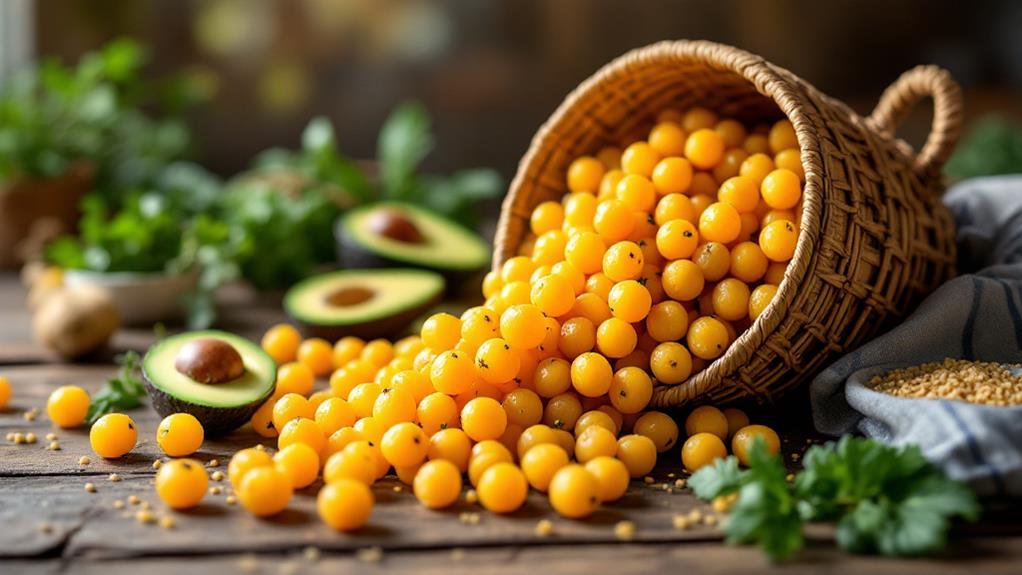
In relation to incorporating Pichuberries into your culinary endeavors, their versatility truly shines. These lively berries add a sweet and tart flavor profile to a variety of dishes, making them a delightful enhancement to your kitchen repertoire. Start with salads, where their unique taste complements fresh greens and salsas beautifully. Toss them into your morning smoothie for a surge of nutritional value that jumpstarts your day.
When it comes to desserts, Pichuberries are a game-changer. Mix them into parfaits or yogurt for a tropical twist, or even blend them into ice cream for a revitalizing treat. Their compatibility with other fruits like mango and citrus amplifies the complete flavor experience, while herbs such as mint and basil add a fresh note.
For cooked culinary uses, consider including Pichuberries in gazpacho, rice dishes, or baked goods. They not only heighten the flavor but also contribute vital nutrients. Try pairing them with proteins like chicken or fish to create a balanced meal. Breakfast dishes can benefit too—top your pancakes with these berries or mix them into oatmeal for an added nutritional uplift. With Pichuberries, creativity in the kitchen knows no bounds!
Availability and Sourcing
In relation to finding Pichuberries, availability can be a bit challenging. These South American gems aren't widely stocked in local supermarkets across the U.S. However, you can request their availability from grocery store managers, which might help bring them closer to your home. Pichuberries often pop up in natural health food stores, especially in the dried fruit sections. Sometimes, they're even labeled as "gold berry," so keep an eye out for that name.
To increase your chances of finding them:
- Visit select Whole Foods or Safeway stores, especially if you're in Arizona.
- Use the store locator at pichuberry.com for fresh sources nearby.
- Check out local farmers markets, which might offer them during peak seasons.
Seasonal variations do affect their availability, with spring and summer being the prime times to find them. As their popularity grows, you might notice more stores carrying them. If they're not available in your area, health food stores are a good place to start, or you can investigate online options. Don't hesitate to ask store managers to think about stocking this nutritious berry for easier access.
Health Impact
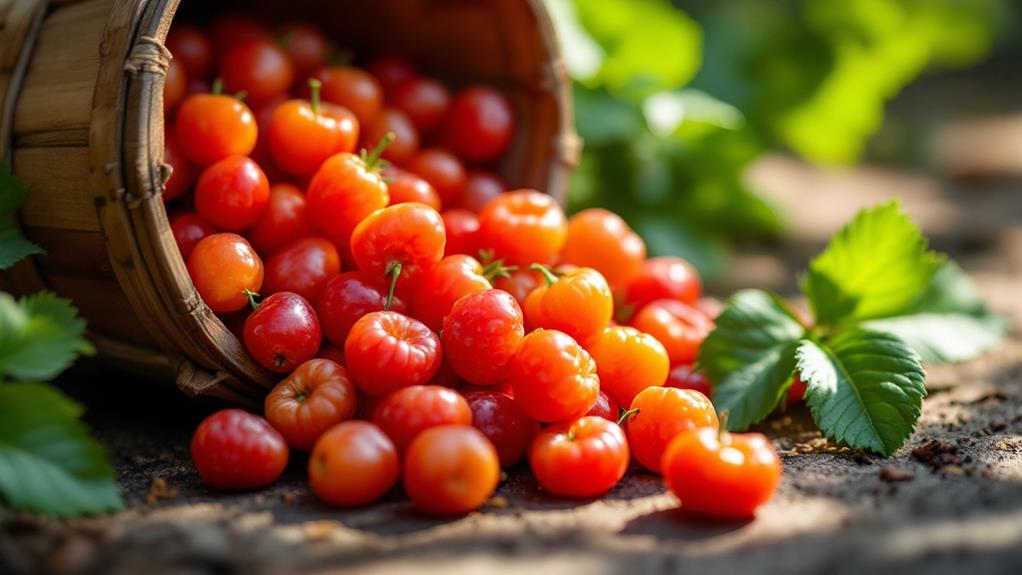
Why consider adding Pichuberries to your diet? These little powerhouses pack a punch in terms of health benefits. They're loaded with nearly 40% of your daily recommended vitamin D in just a 3/4 cup serving. This helps support bone health and enhances your immune function, keeping you resilient against illnesses. Plus, Pichuberries are rich in vitamins A and C, vital for lively skin and a robust metabolism.
One of the standout features of Pichuberries is their low glycemic index of 25. This means they have minimal impact on your blood sugar levels, making them a fantastic option for diabetics and anyone watching their weight. The high antioxidant content, particularly withanolides, plays a significant role in reducing oxidative stress and suppressing carcinogens, which can contribute to their anti-aging properties.
Don't overlook the dietary fiber in Pichuberries, which aids digestion and promotes general gut health. Fiber helps maintain a healthy digestive tract and can contribute to a feeling of fullness, supporting weight management. By incorporating Pichuberries into your diet, you're not just adding a delicious fruit but also enhancing your general well-being.
Community and Cultural Insights
Beyond their health benefits, Pichuberries hold a rich cultural significance, rooted deeply in the traditions of the Andes Mountains. Known as aguaymanto in Peru, these "Lost Incan Gems" have been cultivated for centuries across South America, especially in Peru, Colombia, and Ecuador. They're not just a popular delicacy but also a symbol of heritage and community engagement. In Peruvian cuisine, Pichuberries are celebrated for their unique flavor and nutritional benefits, often featured in traditional dishes and modern culinary creations.
Community engagement has notably enhanced their popularity outside South America. Farmers markets play an essential role in raising awareness, showcasing the versatility and benefits of the Inca berry. This local enthusiasm has crossed borders, with Pichuberries now gaining traction in the U.S., partly due to health food trends and endorsements. The American Pichuberries Association has emerged to promote their cultivation and marketing, ensuring that this superfood reaches a broader audience.
- Local markets often highlight Pichuberries, fostering direct consumer interaction.
- Requests for Pichuberries are growing in grocery stores, reflecting their rising acclaim.
- Cultural literature, like "Peruvian Power Foods," underscores their importance in Peruvian cuisine.

